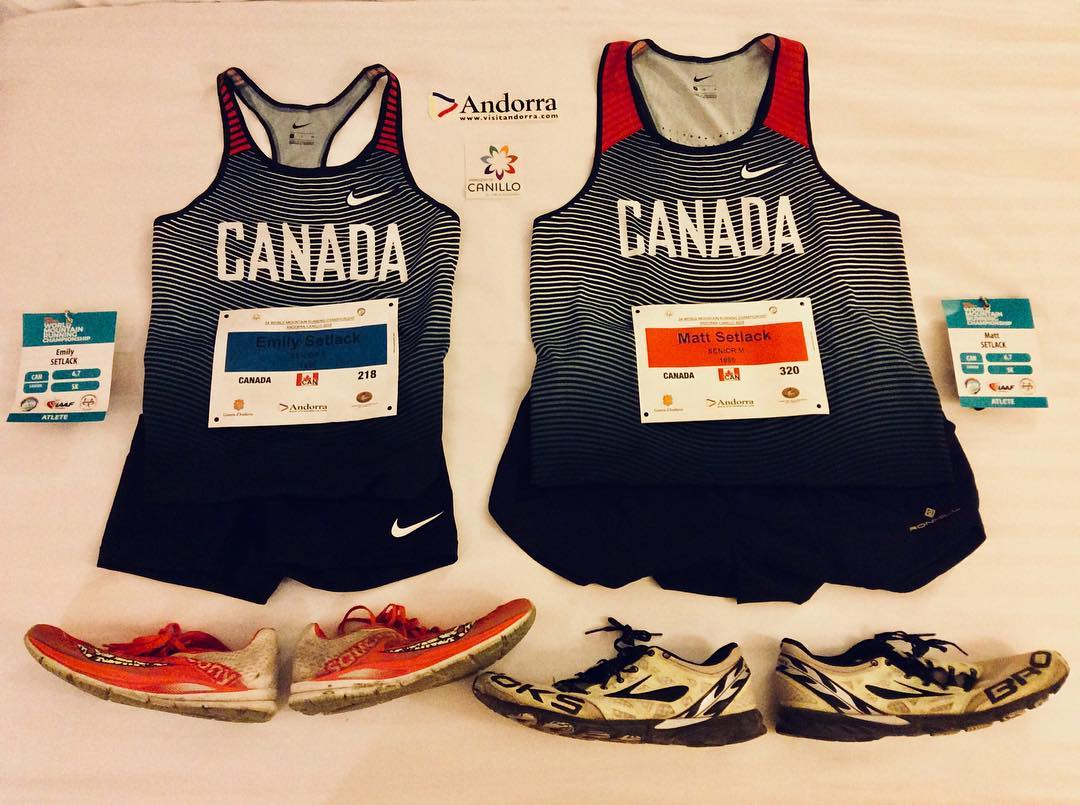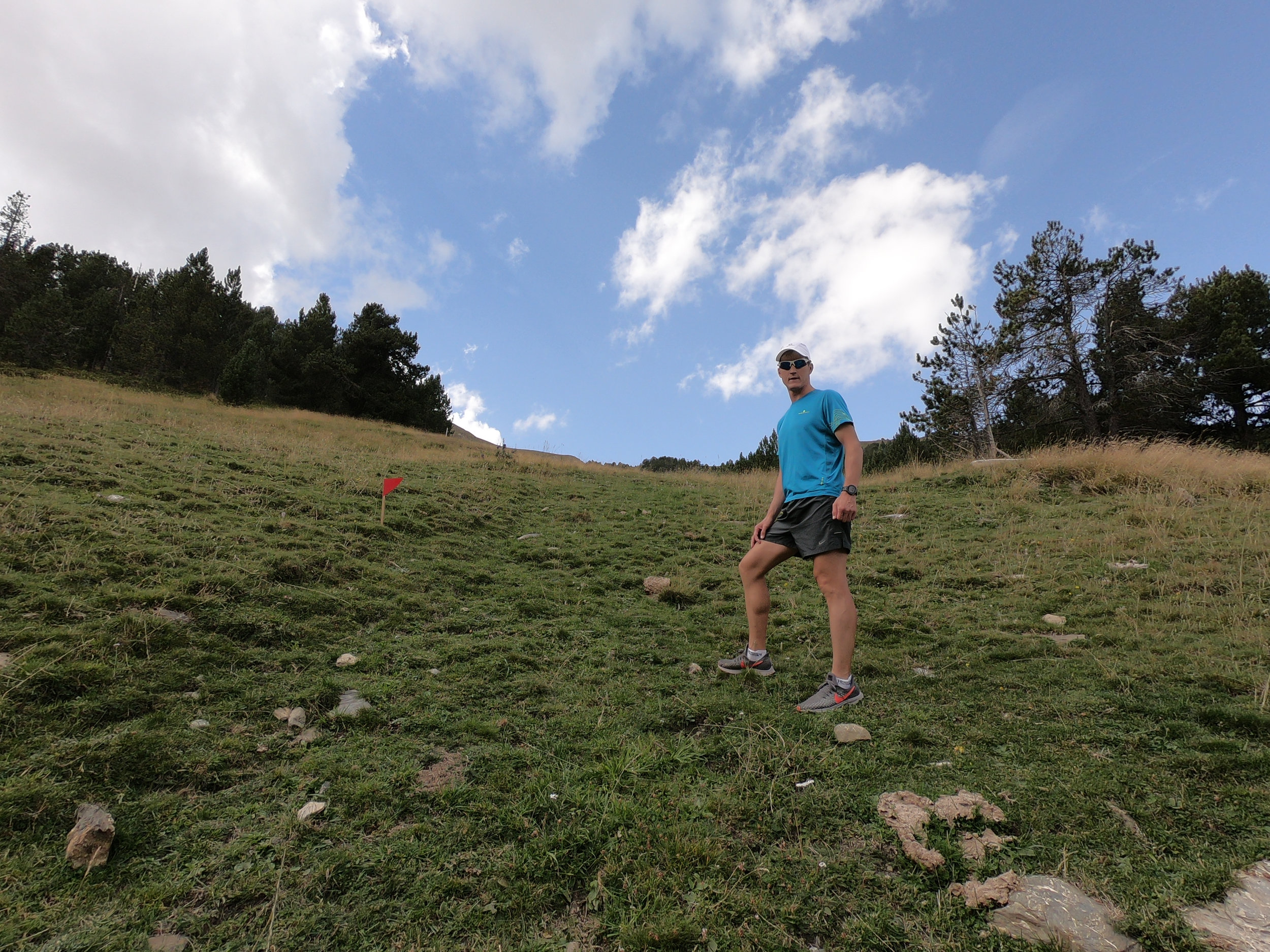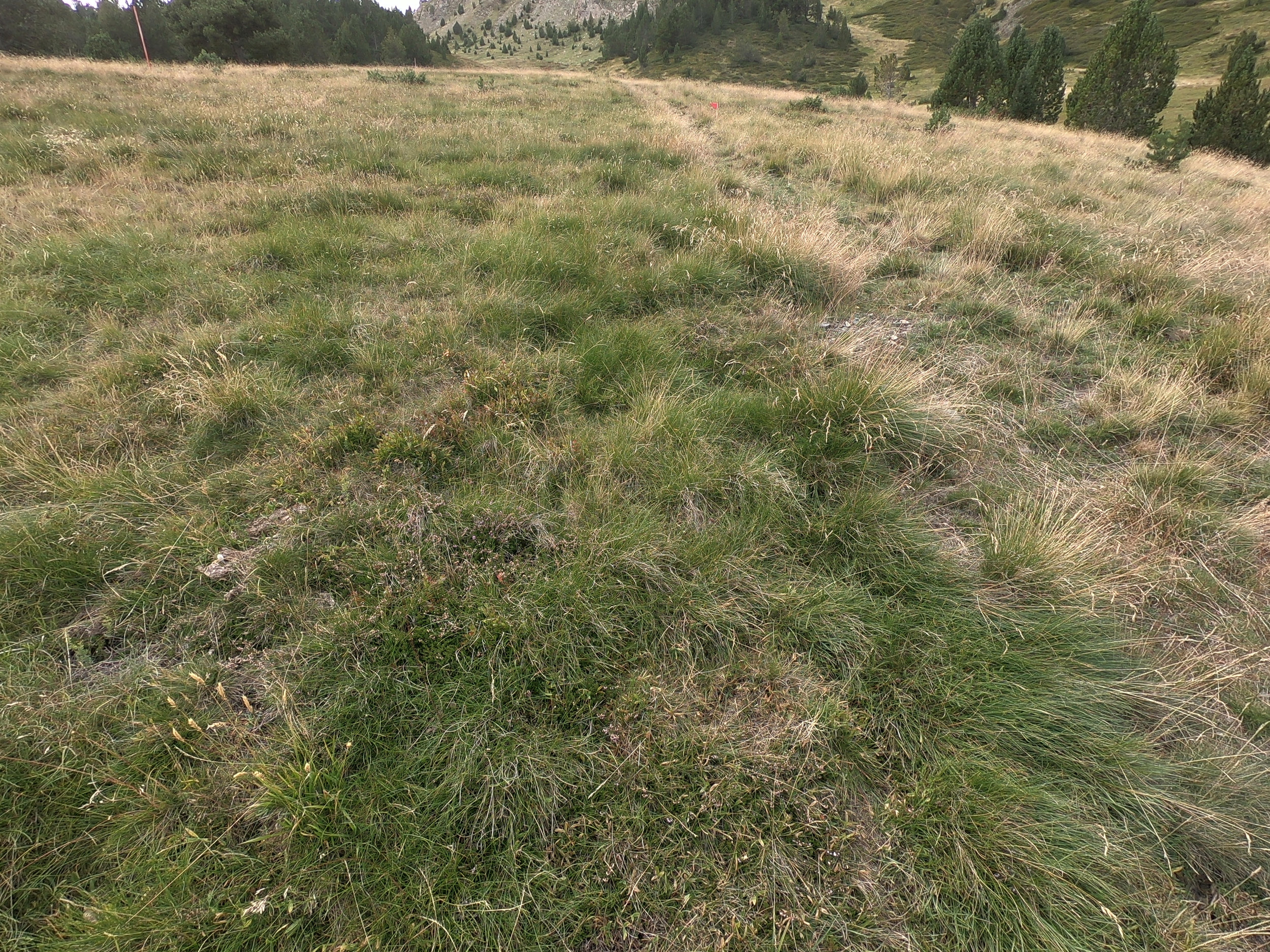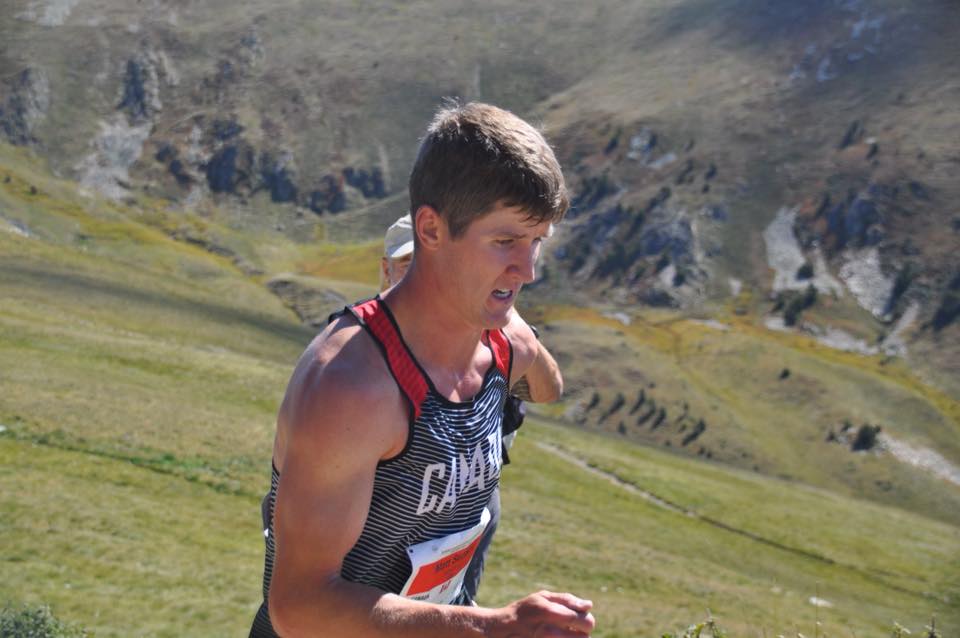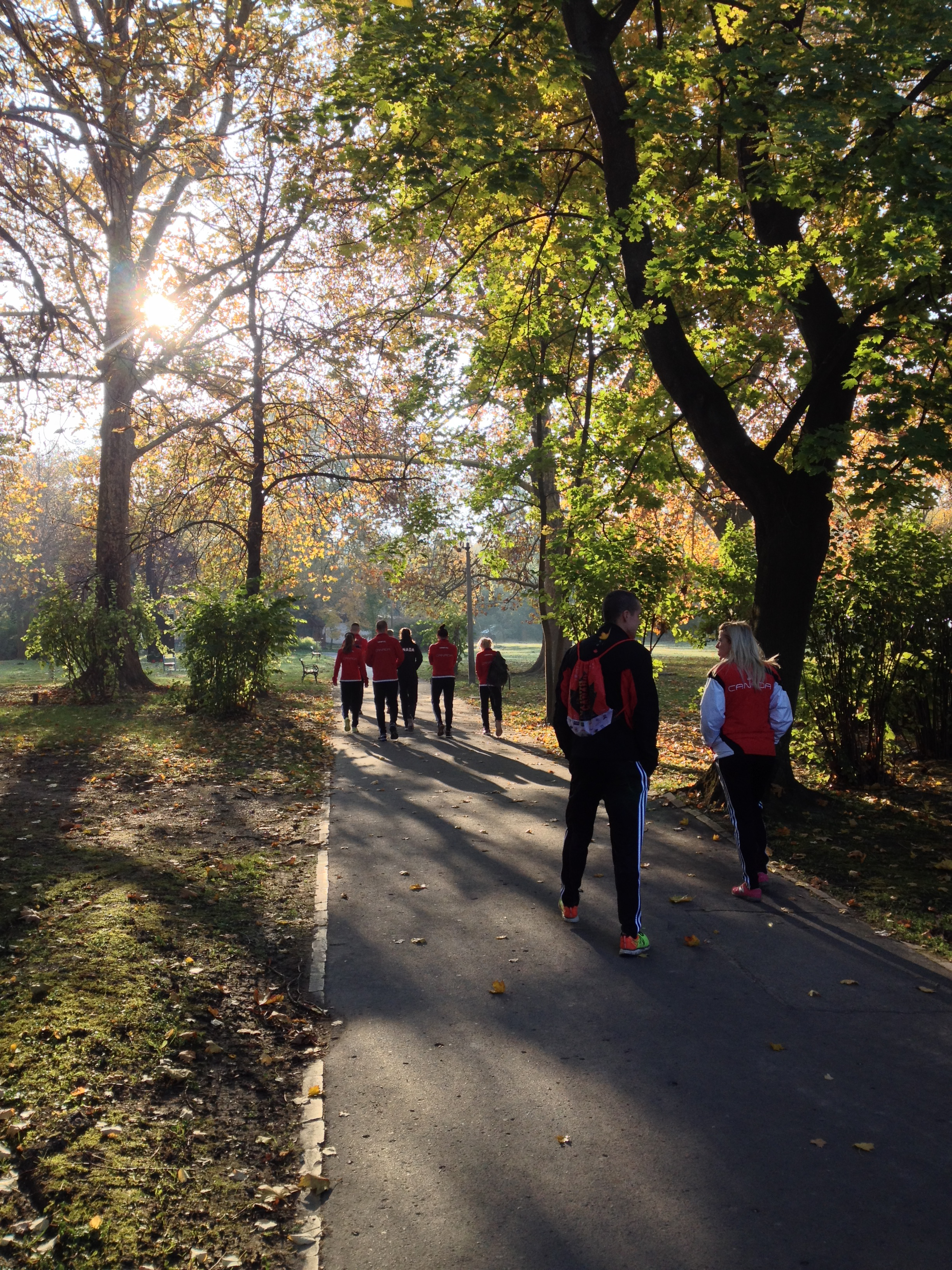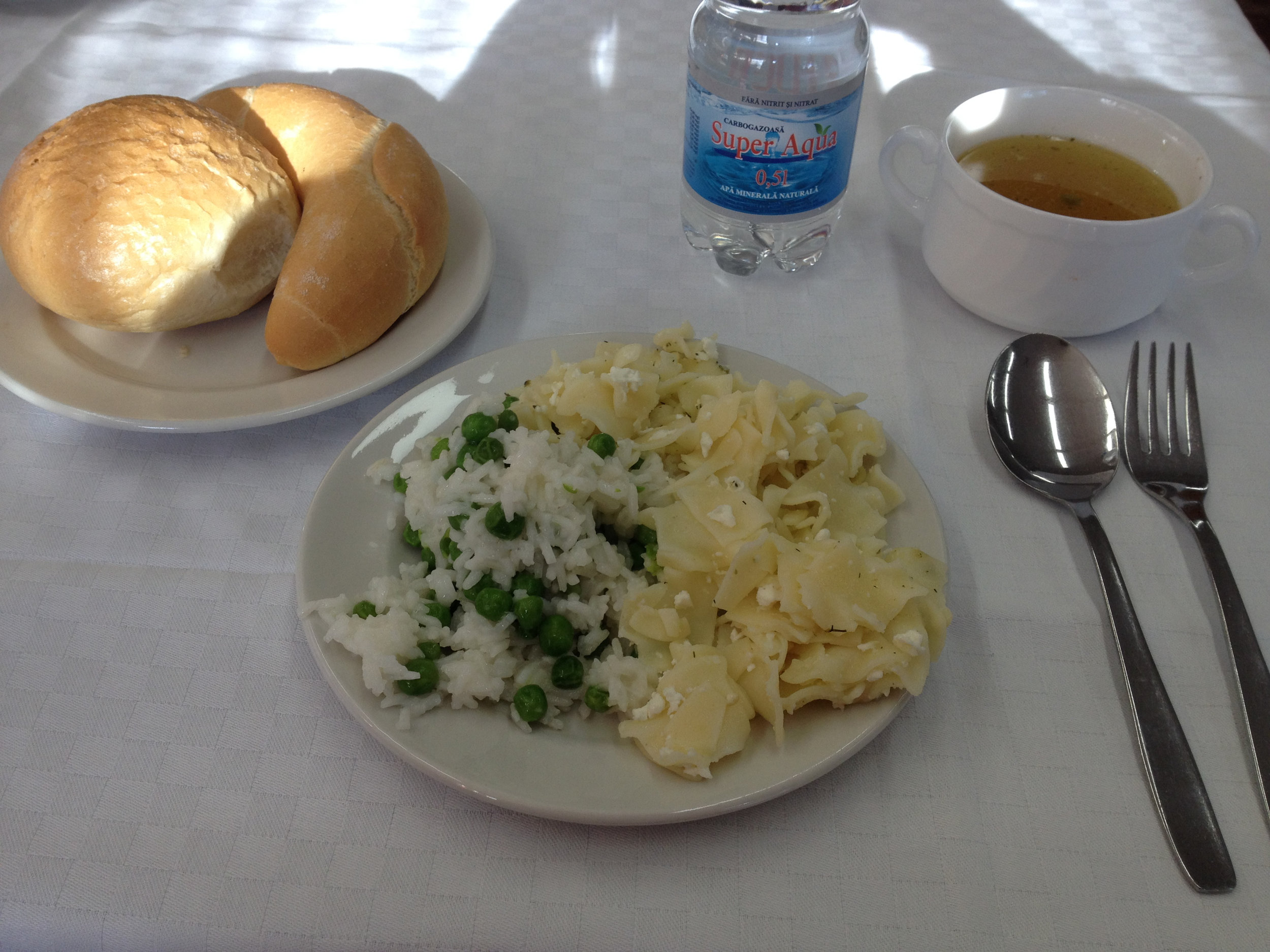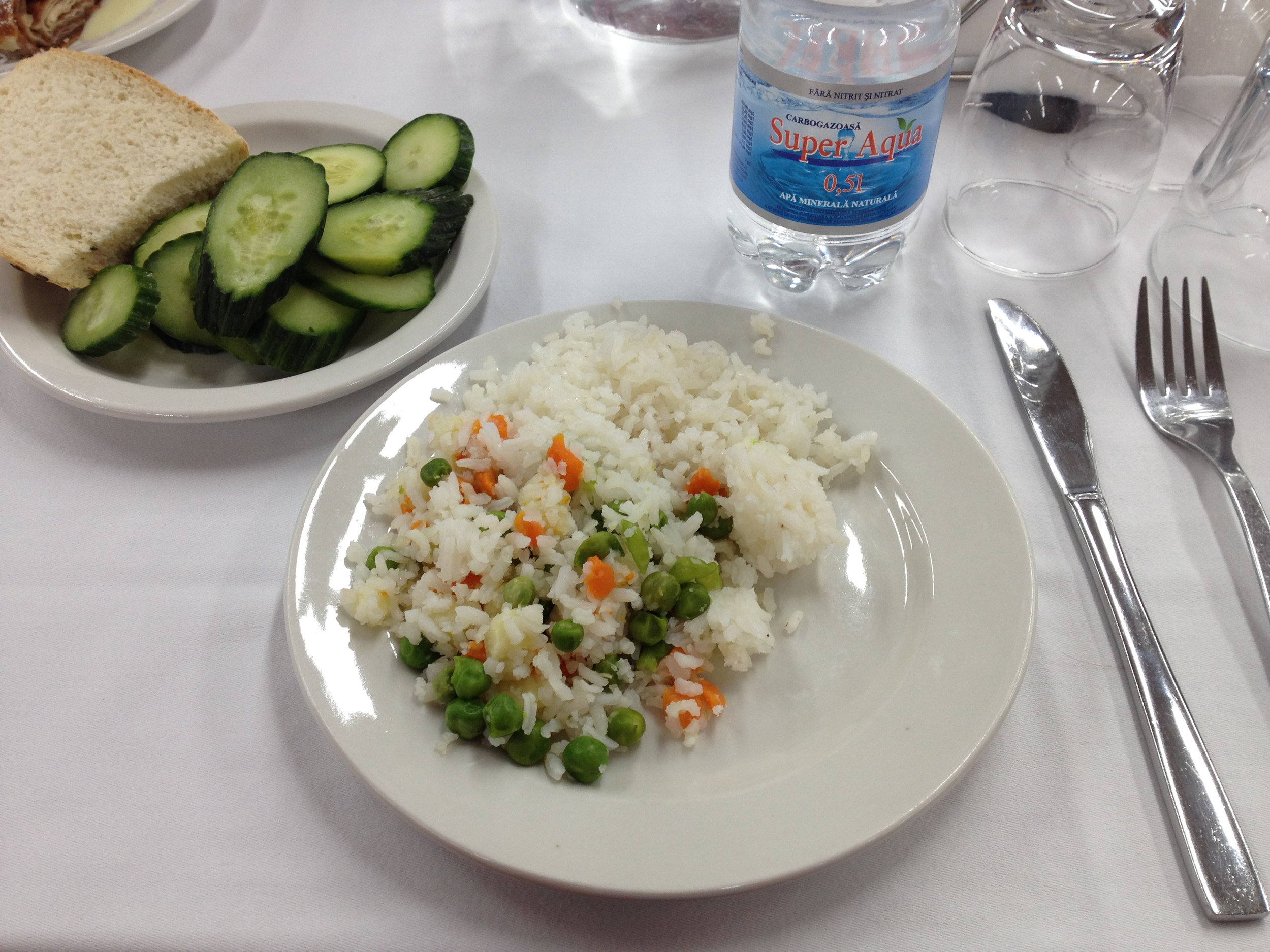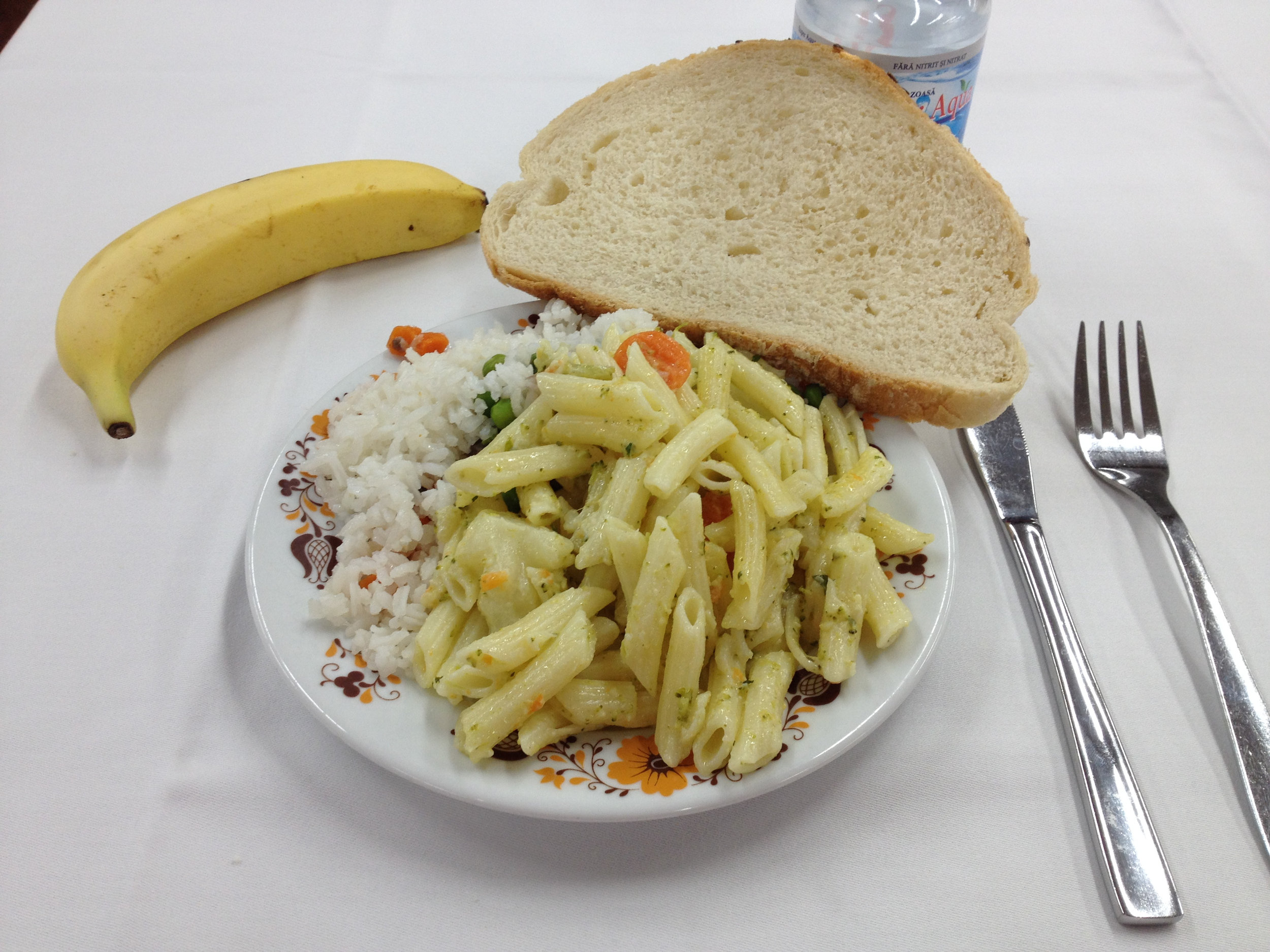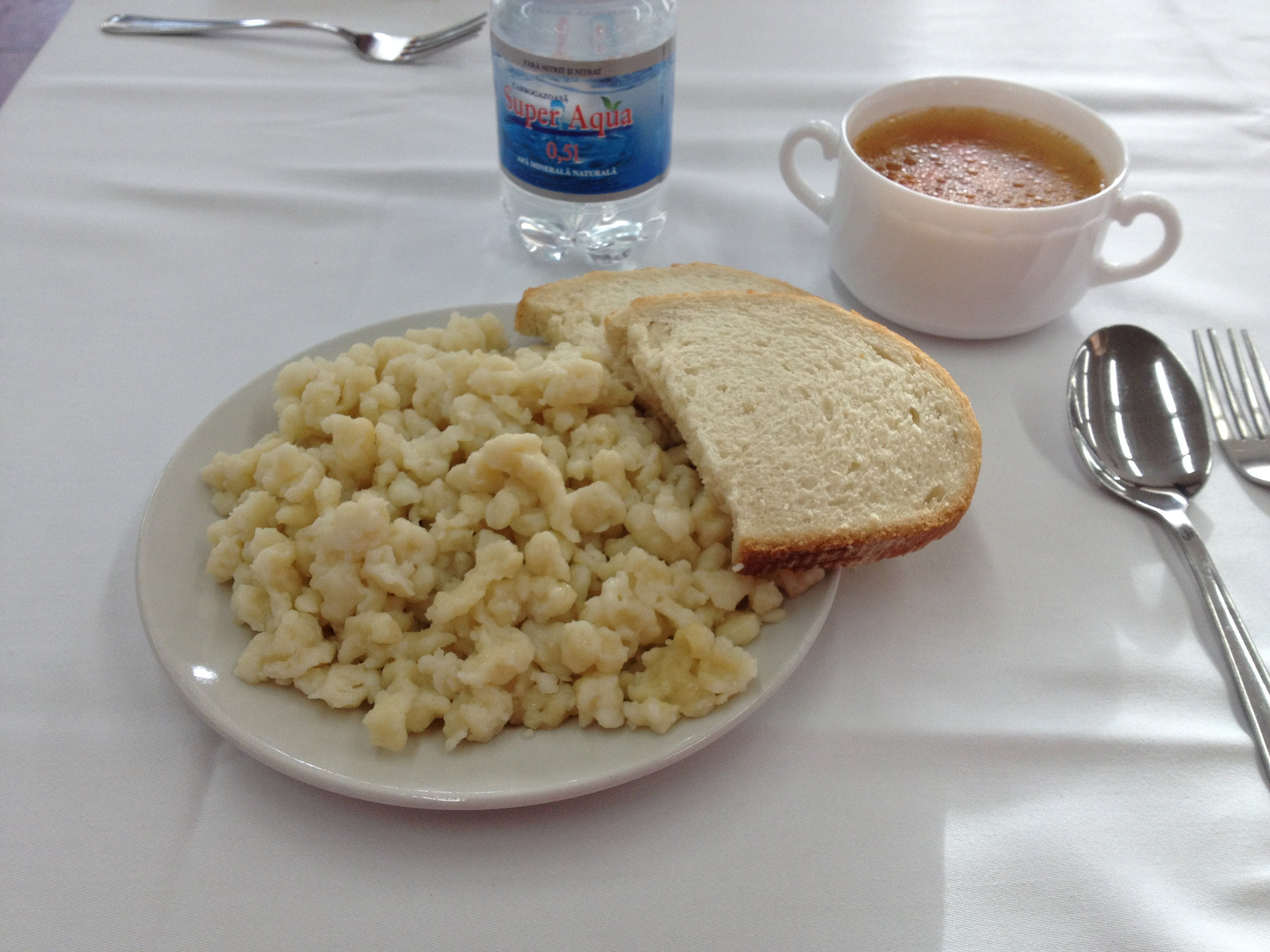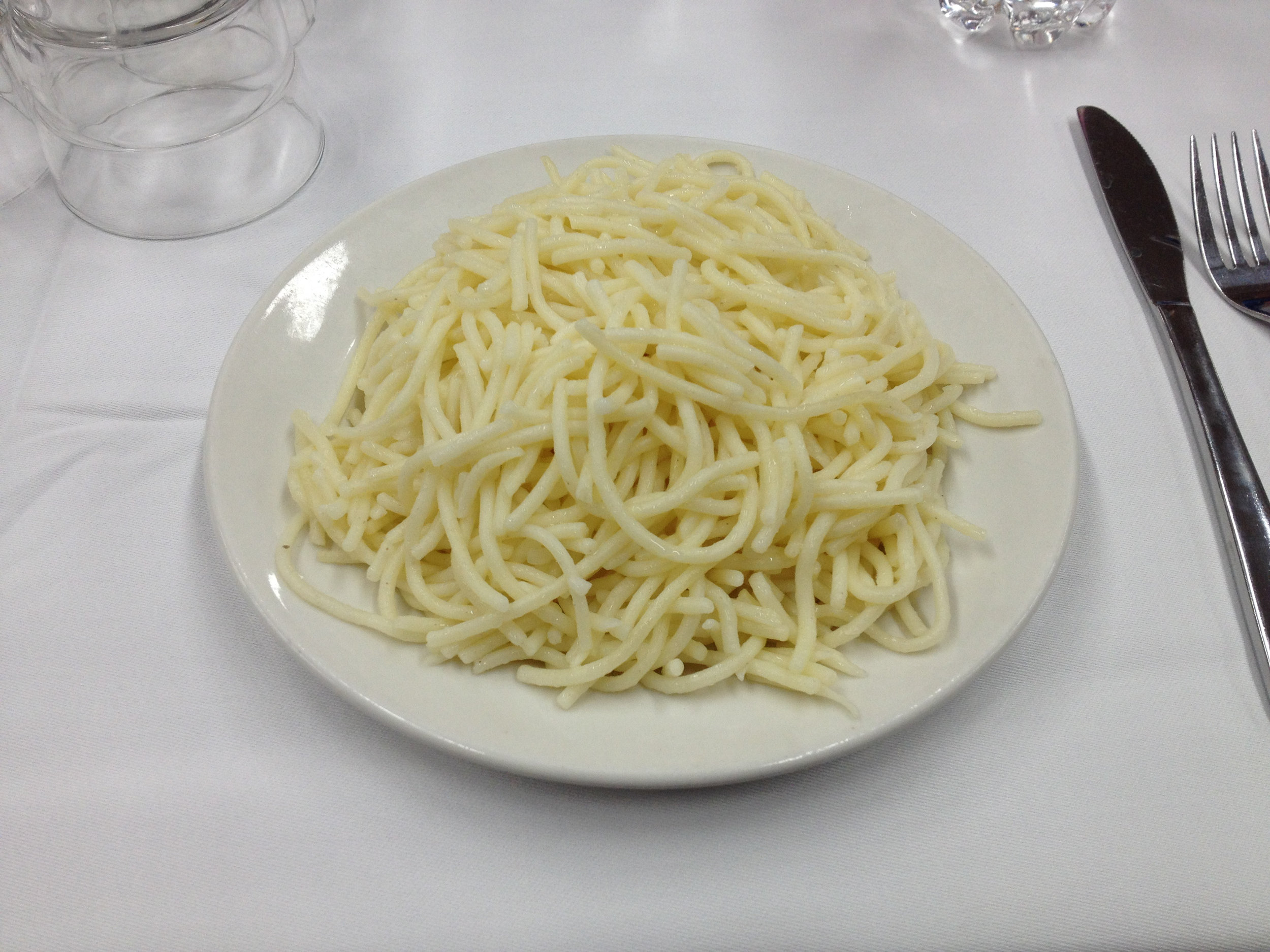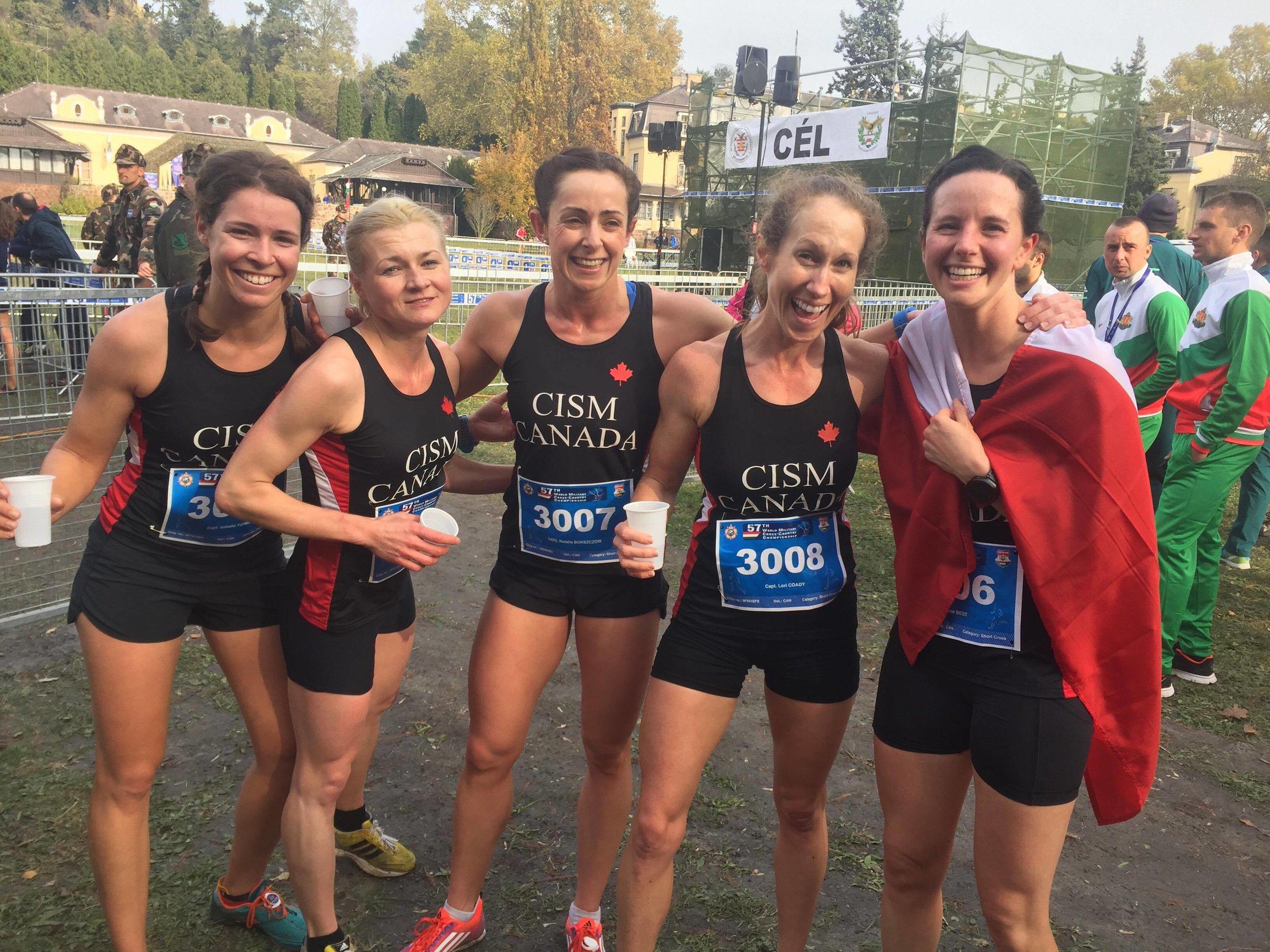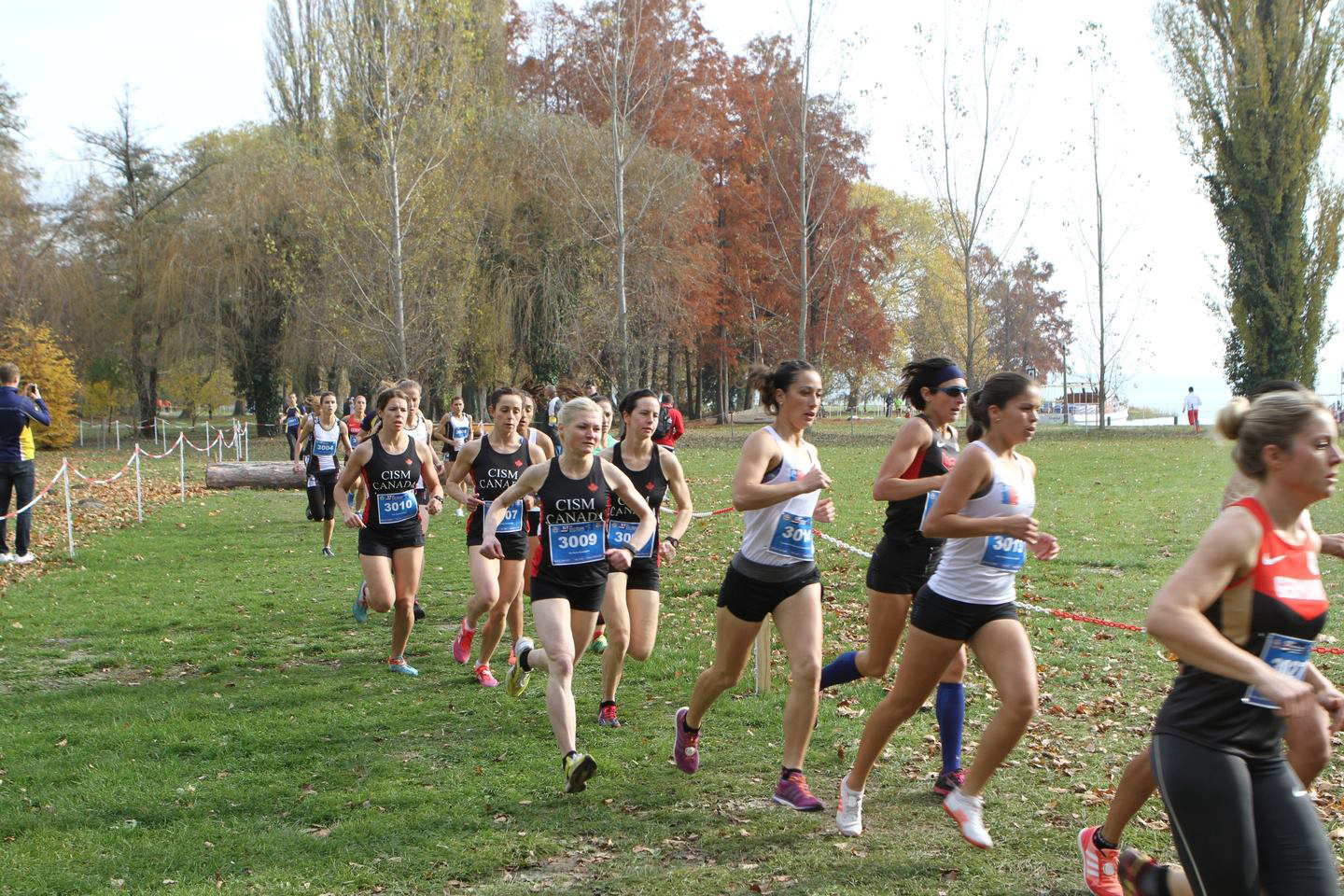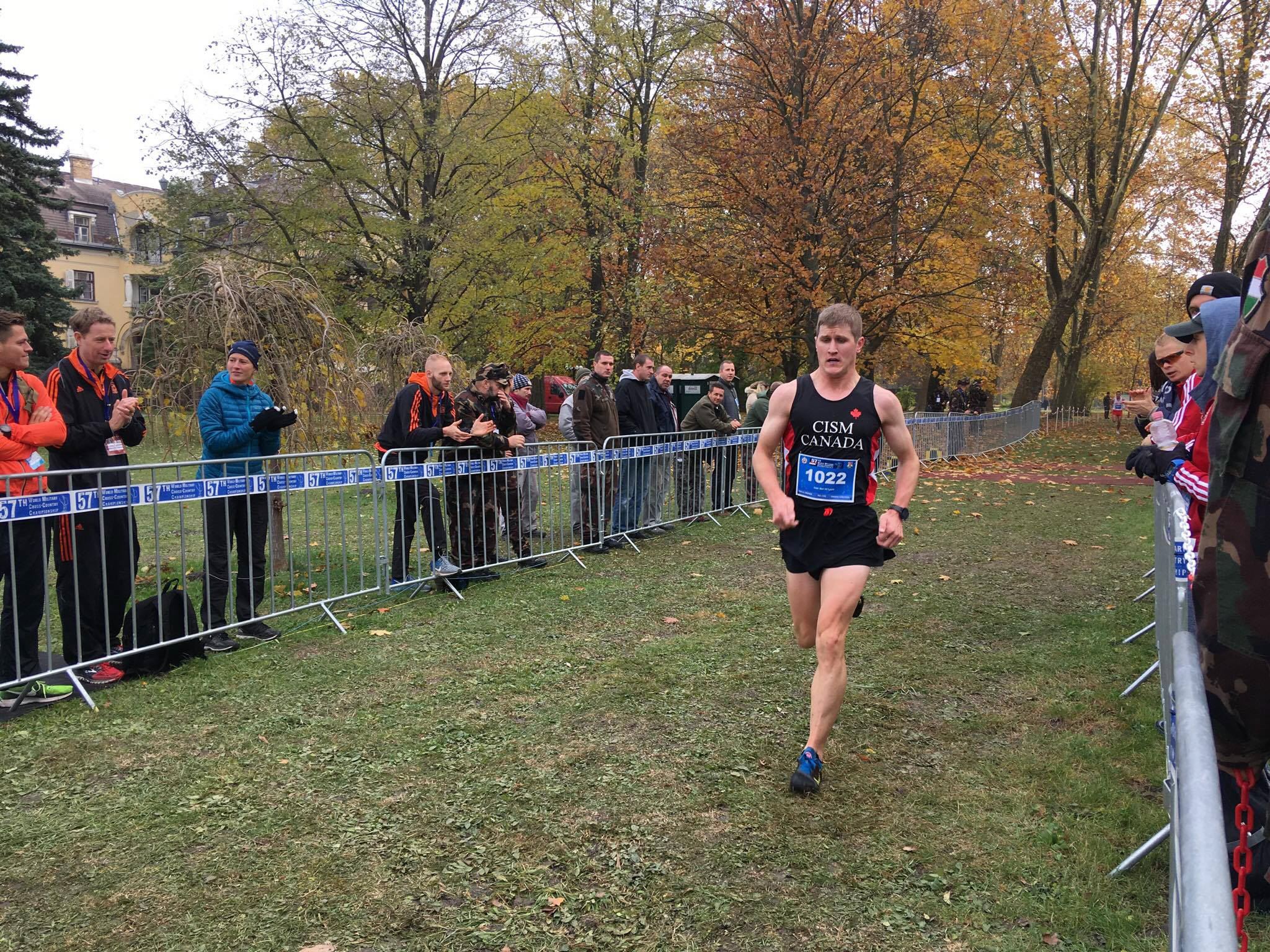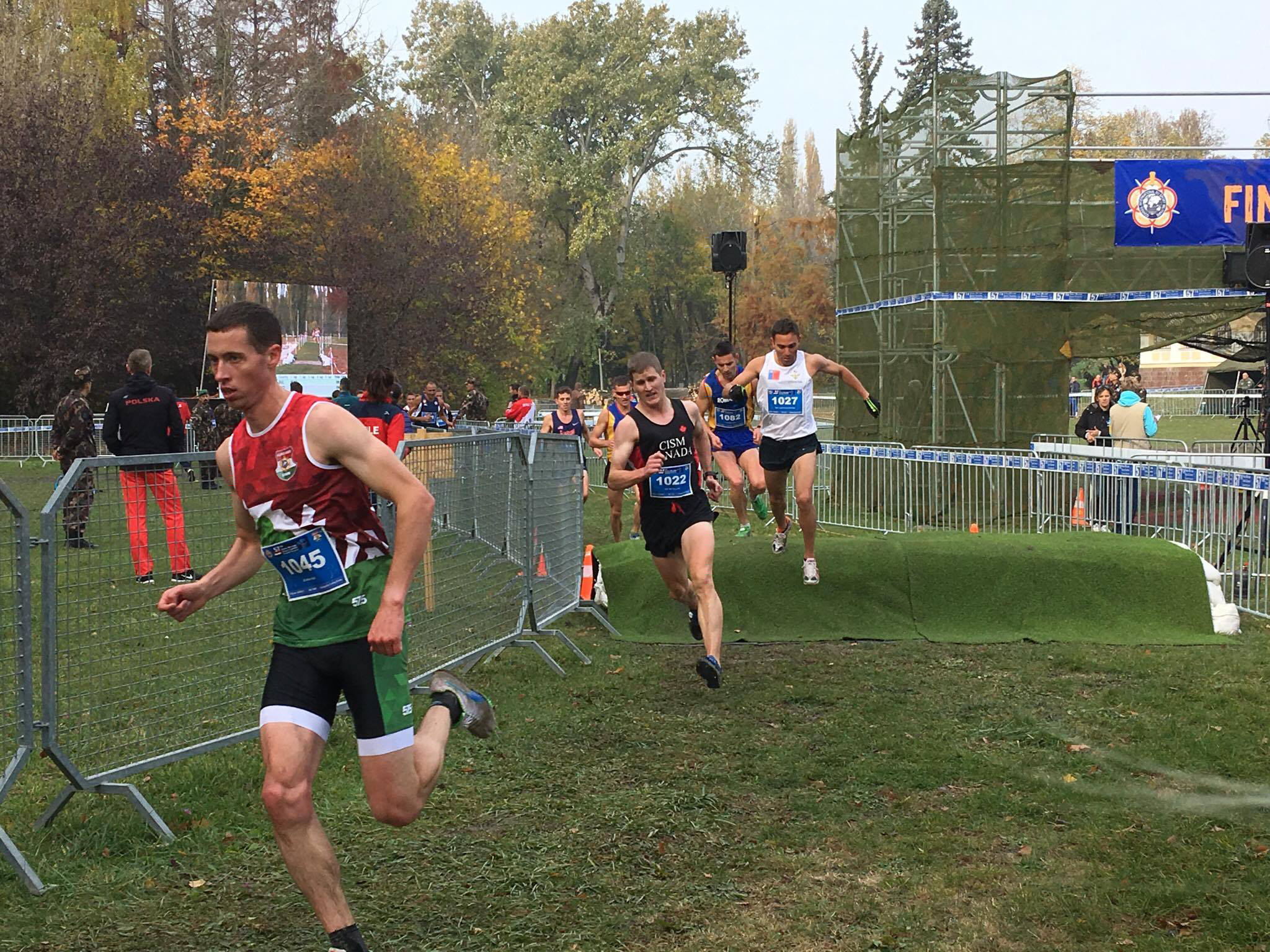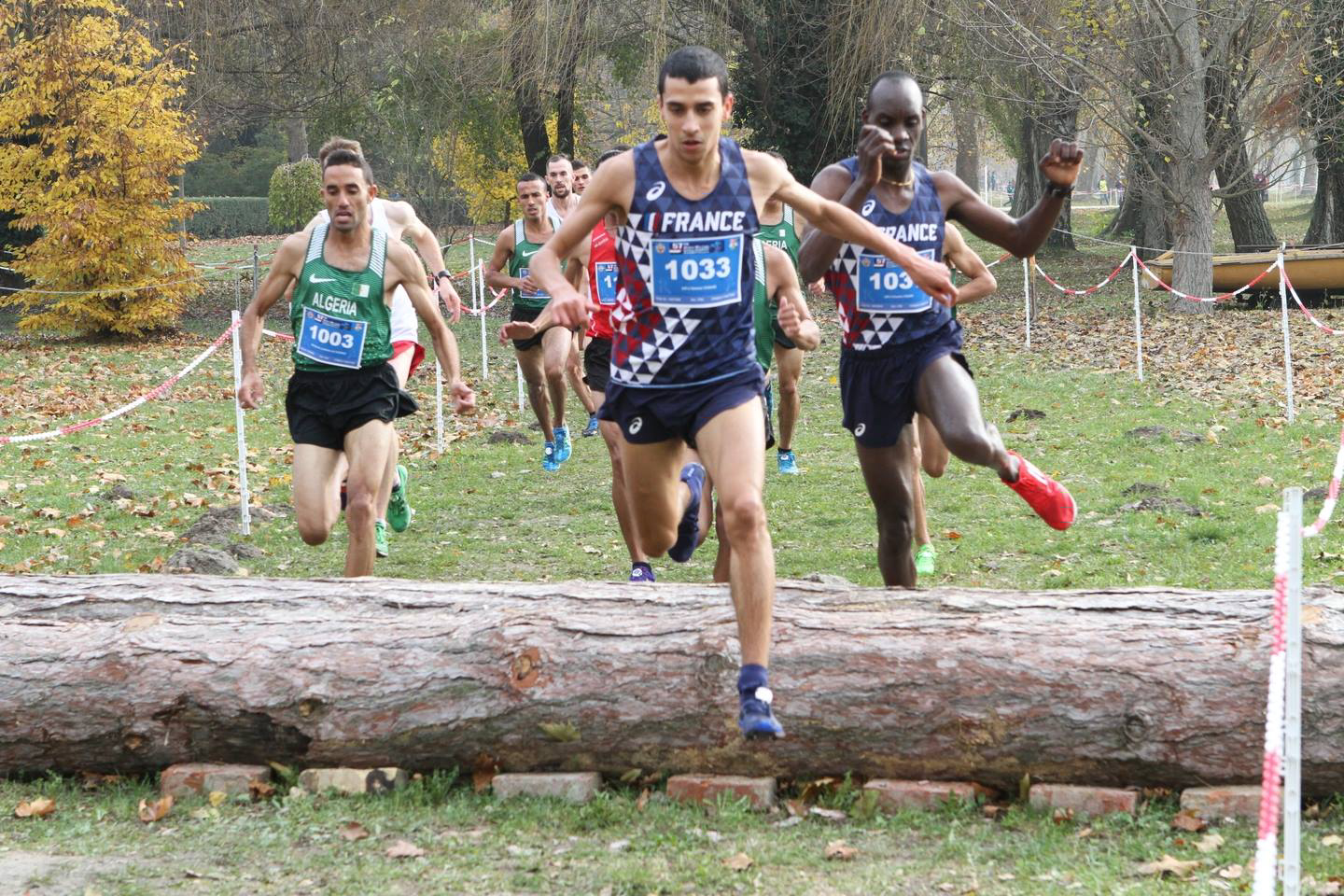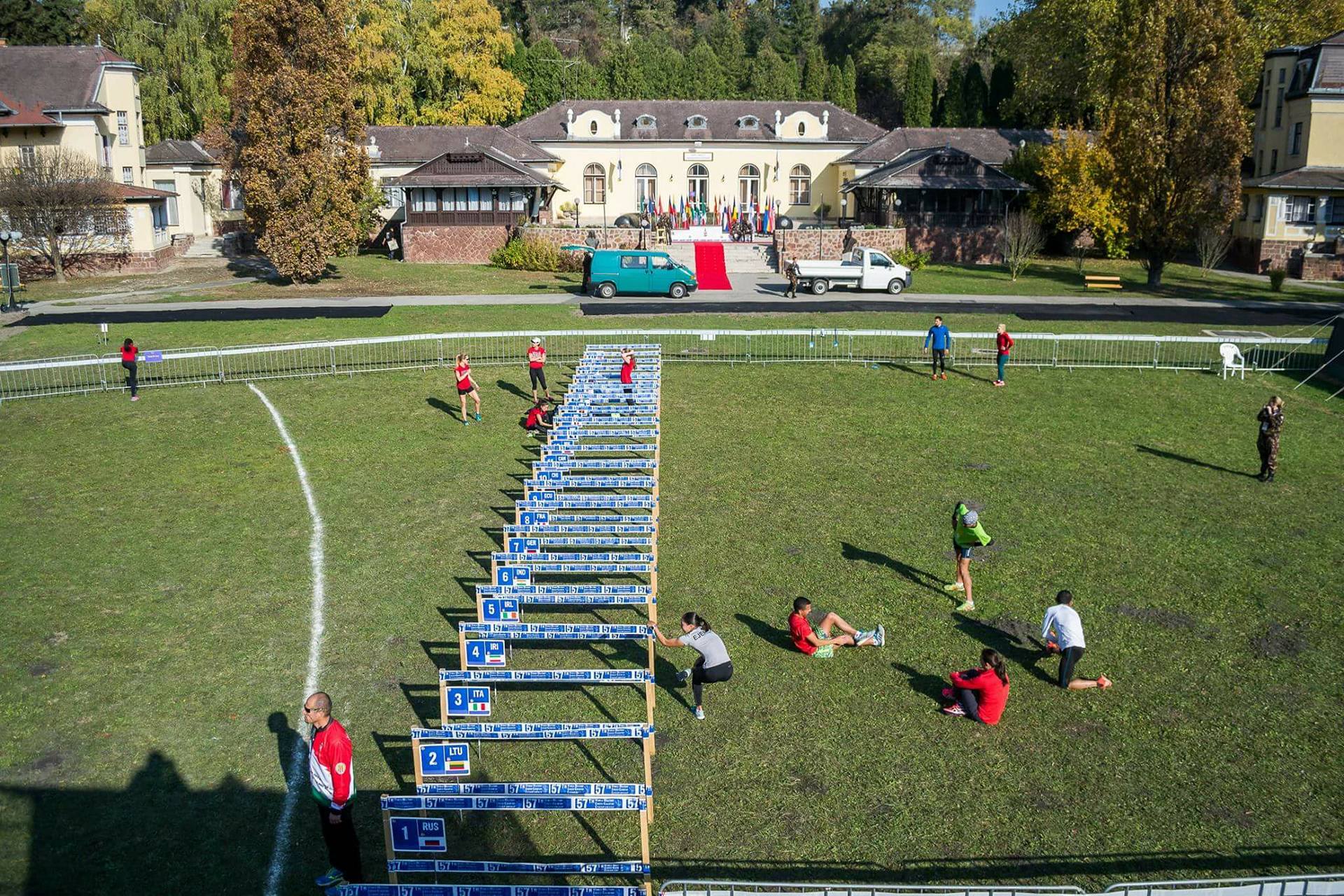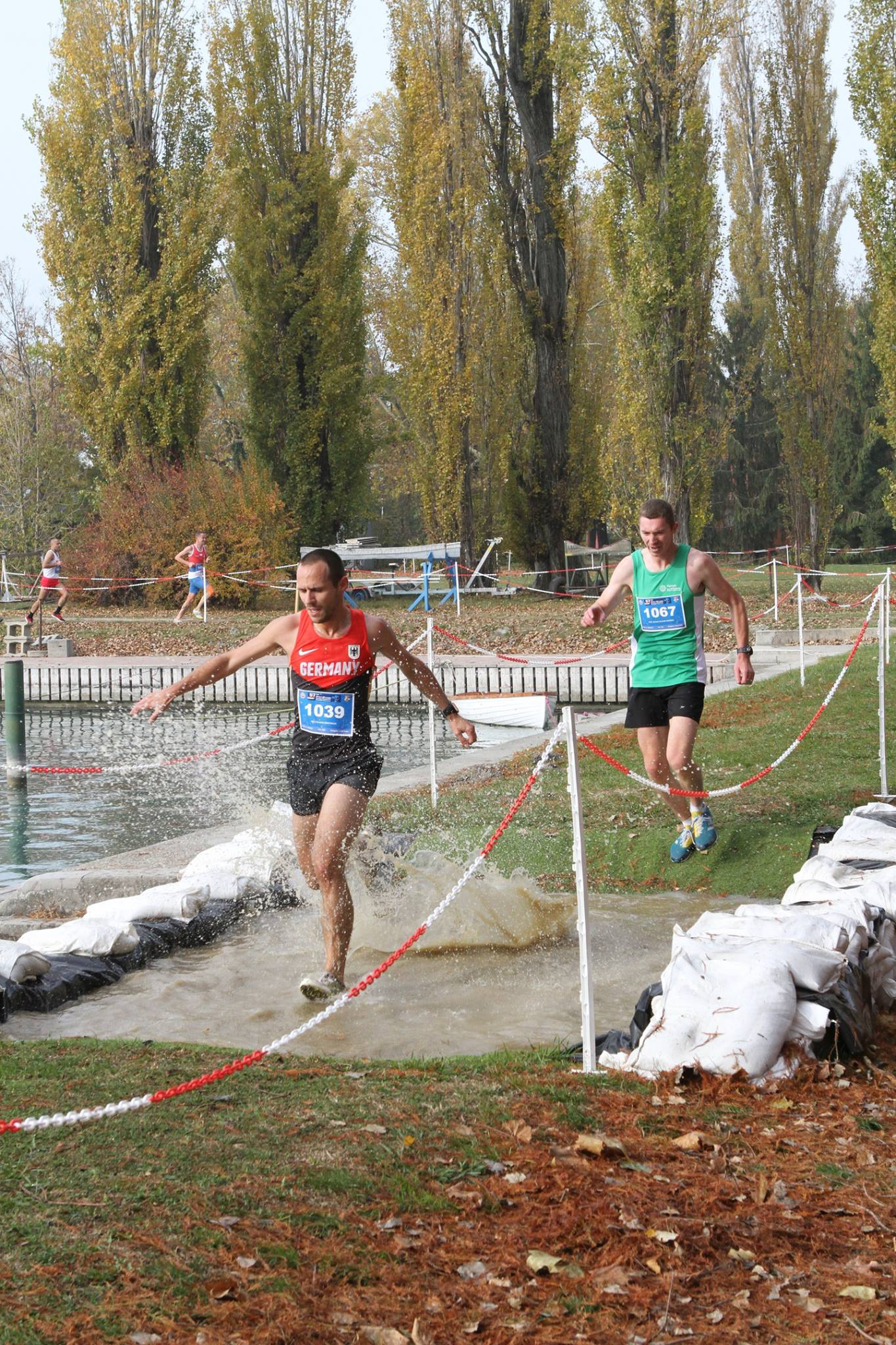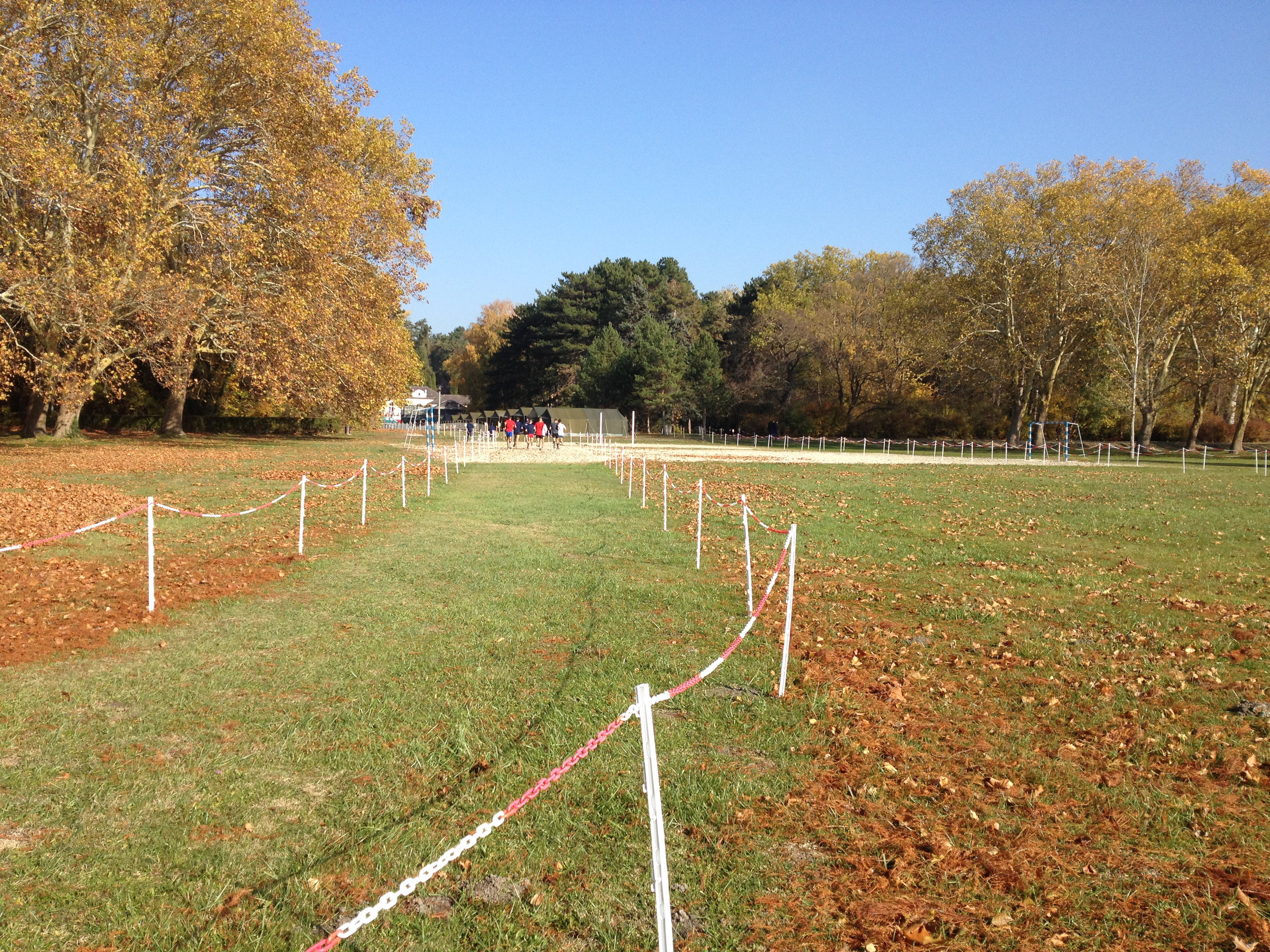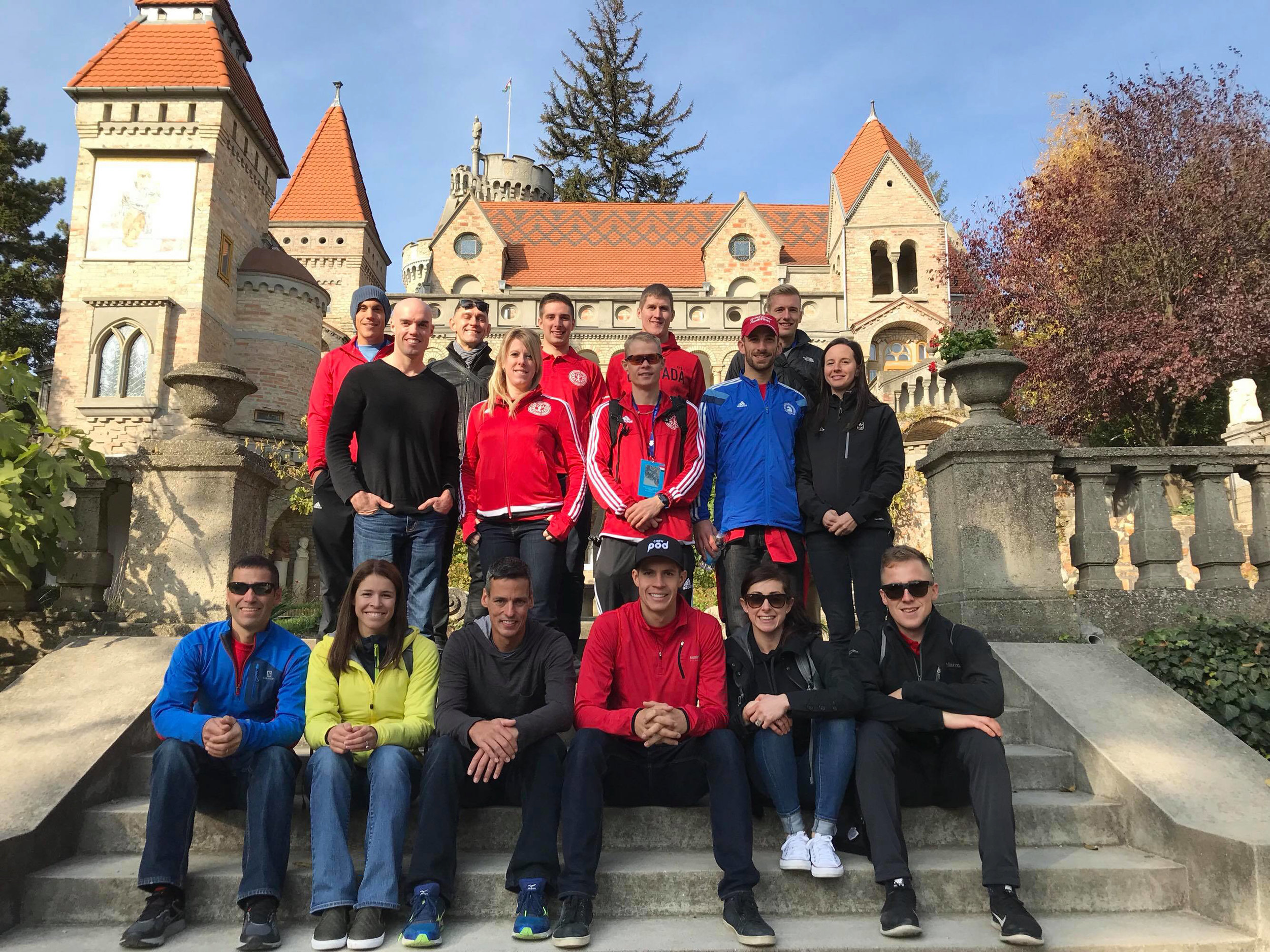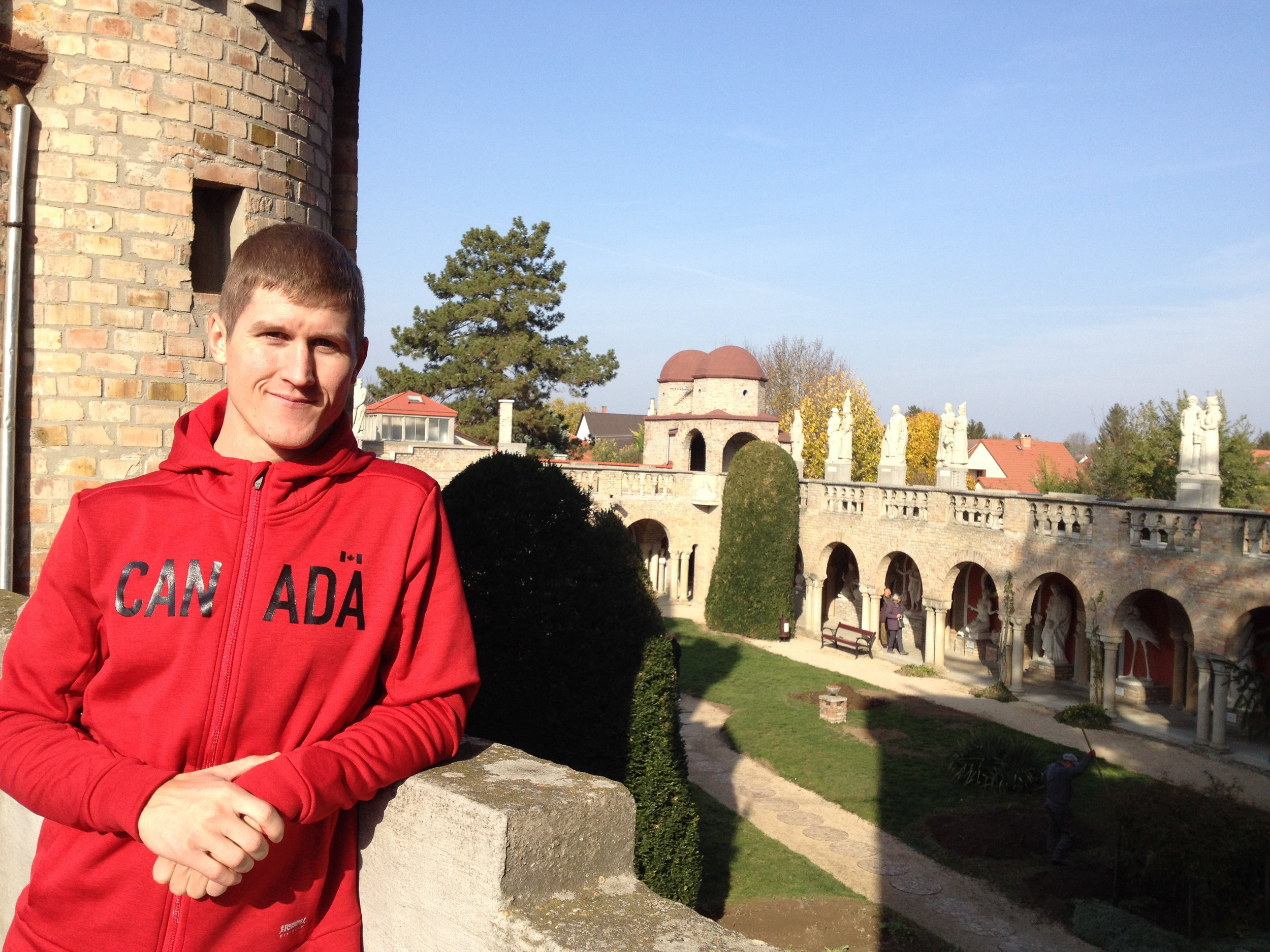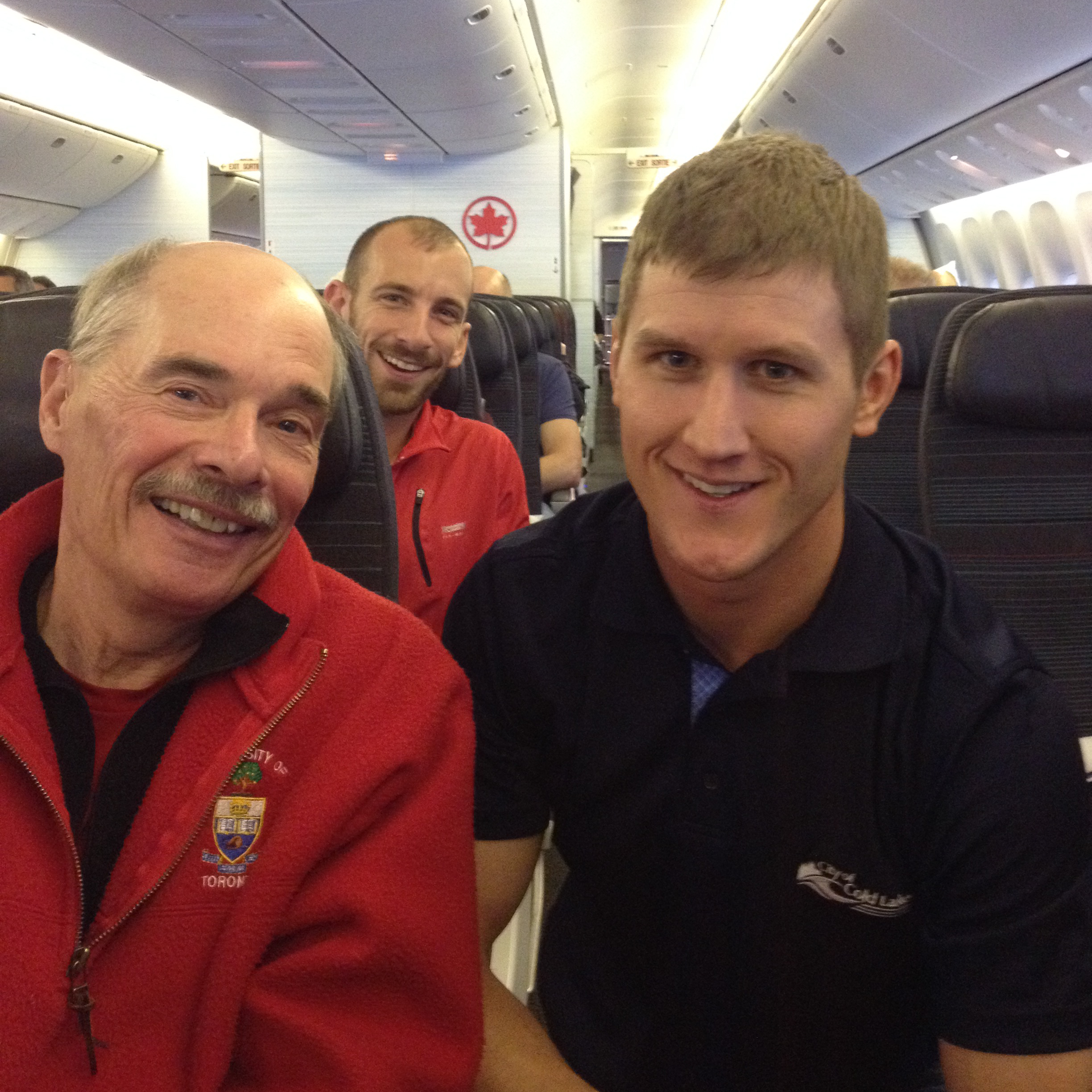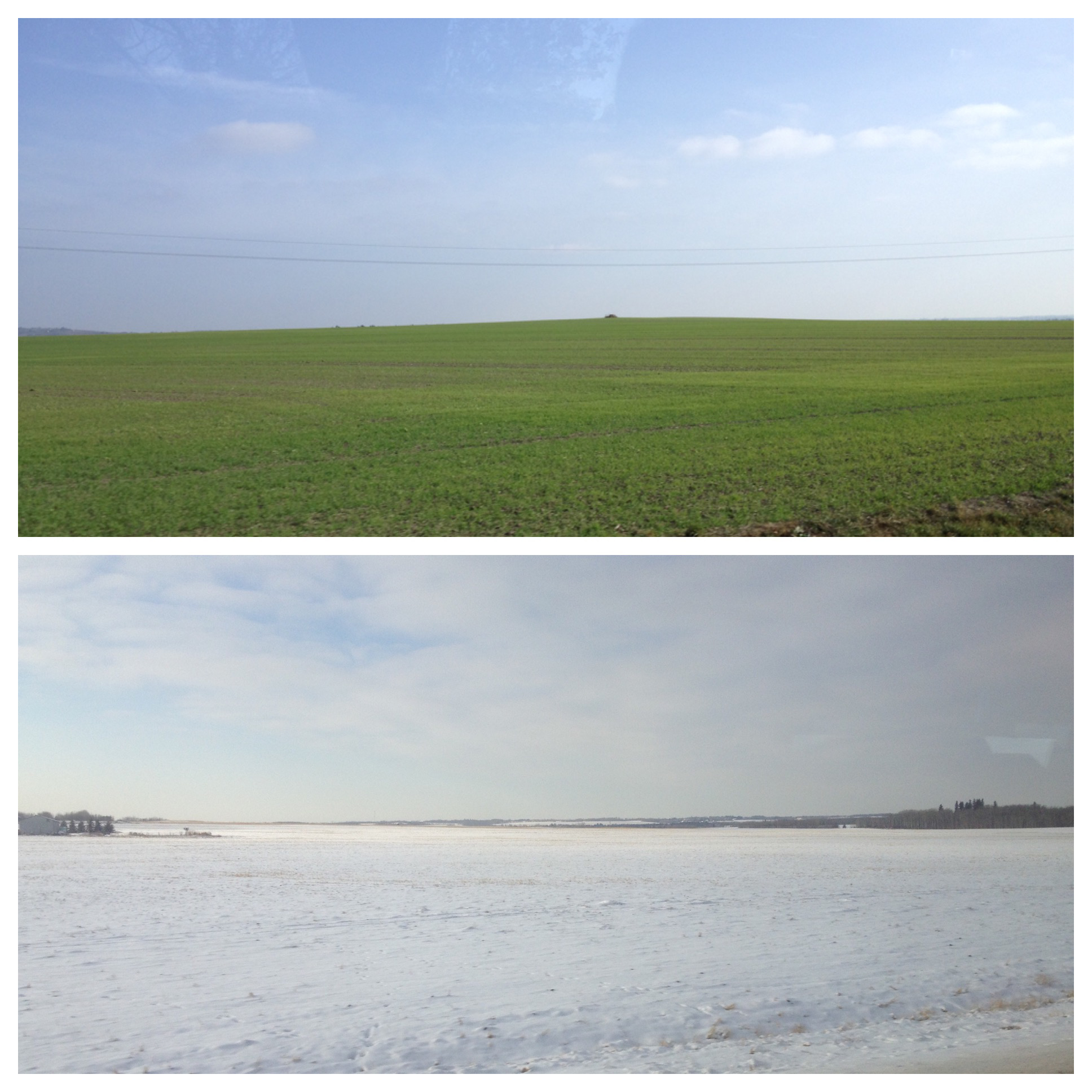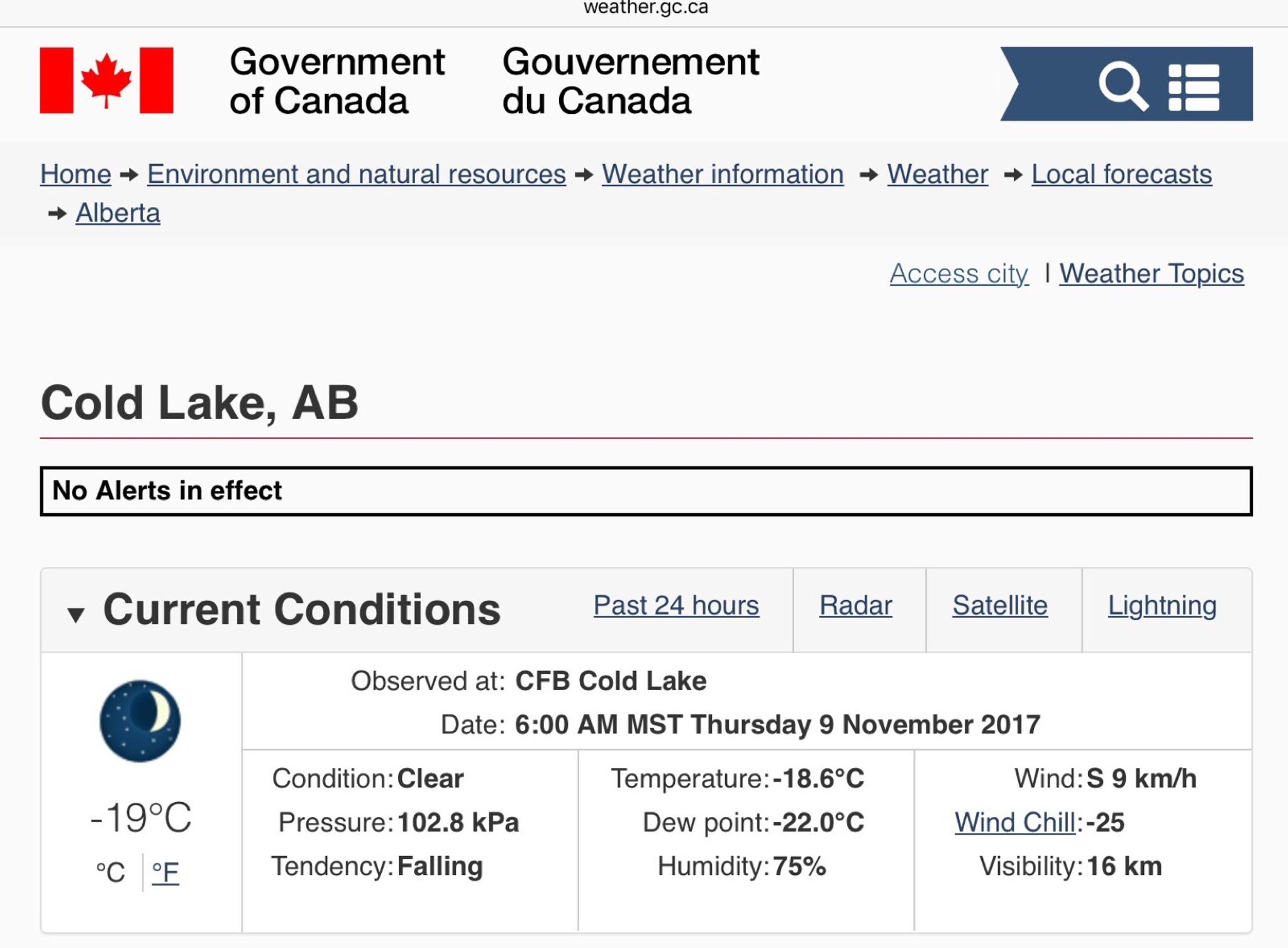By: Matt Setlack
For the first time, Emily and I had the opportunity to both compete in the World Mountain Running Championships. This post will describe my experience in Andorra (a small country of 71,000 people in between France and Spain) from the three weeks we went there ahead of time up to race day on 16 Sep 2018.
Travel to Andorra
Getting to Andorra from Cold Lake can take quite a while. We awoke at 4 am on 25 Aug 2018 and drove to the Edmonton International Airport, which is a 331 km drive away. We then flew from Edmonton to Montreal and Montreal to Barcelona, Spain. Once in Barcelona, we drove north for about 3 hours to a small town in the hillside called Pas de la Casa, Andorra. It took us almost 30 hours of travelling to get to Andorra, it was beautiful that we forgot how tired we were.
We stayed at a apartment called Pierre & Vacances Princesa in Pas de la Casa, where the elevation was about 2,200m ASL. It was also only a 5 minute drive up a winding road to Port d’Envalira (a pass in the mountains at 2,400m ASL). Staying here made me feel like we were living in the clouds, which we were, just like in the movie Oblivion.
We were extremely lucky to be able to train in such a beautiful place, which was also quite high up. When we first arrived, I noticed that I was breathing a little more heavily than I normally do particularly when walking up stairs. The pace of my runs also slowed down noticeably even though my perceived effort remained the same.
After a couple of days in Pas de la Casa, we drove about an hour east to Font Romeu, France. We found another apartment there located at about 1,800m ASL. We specifically checked the GPS coordinates of the apartment and crosschecked with a topographic map to ensure we were staying at a decent elevation. We specifically went to Font Romeu so we could train on the track at the National Altitude Training Centre but unfortunately, the track was completely torn up and being reconstructed when we were there.
All was not lost though as there was an AMAZING network of trails in Font Romeu. We bought a map with 76 different trails shown on it. This was the best trail network I have seen anywhere in the world in my life. The signage was perfect, the trails were well maintained, there was ample free parking at the trailhead and the trails were very runnable.
After staying in Font Romeu for about a week, we returned to Pierre & Vacances Princesa in Pas de la Casa for about four days right up until the time when the apartment closed to prepare for the winter ski season. We really enjoyed it here A LOT.
Two days before the rest of the Canadian Team arrived on 13 Sep 2018, Emily found a really nice hotel in Canillo that was right on the race course.
Pretty much everything we did in the three weeks leading up to the World Mountain Running Championships in Andorra was planned and deliberate. We left no stone unturned. I used almost all of my yearly vacation days and we flew to Andorra about three weeks early. We did this for the following reasons:
Allow sufficient time to get over the 8 hour time difference.
Train on mountain trails. The nearest mountains to Cold Lake are a 700 km one way trip (1,400km round trip) away. There are very few (if any) hills in Cold Lake to train on. In two weeks, we ran about 11,000m of vertical without even trying. It takes over HALF A YEAR of running at least twice per day to run the equivalent vertical in Cold Lake.
Train at altitude. Cold Lake is at 500m ASL. We trained at elevations of around 1,500m ASL at Lac de Matemale, France to 2,400m ASL at Port d’Envalira, Andorra.
Become accustomed to race course. I didn’t just run over the race course, I studied it, I took photos of it and then a went back to my hotel and analyzed it. I discussed the race course with the course marker, Roxanne. I pretty much knew every twist and turn. By the time race day arrived, I could almost run the race course blindfolded (not really).
We also love taking running vacations and think the best way to explore an area is on foot in a good pair of trail shoes.
13 to 15 Sep 2018
On 13 Sep 2018, Kris Swanson, Emily and I checked into one of the race hotels called Ski Plaza. It was an extremely nice hotel. There was a buffet for each meal of the day. The food was delicious and plentiful. The team spent at least 1.5 hours socializing at each meal and enjoyed everyones company.
While walking over the upper section of the race course one day, we had the opportunity to meet the WMRA President, Jonathan Wyatt and Council member Sarah Rowell. Jonathan Wyatt placed 21st in the 2004 Olympic Marathon in Athens, Greece in a time of 2:17:45. He ran 2:13:00 at the 2003 Hamburg Marathon and is a multiple World Mountain Running Champion. Sarah Rowell placed 14th at the 1984 Olympic Marathon in Los Angeles, USA in a time of 2:34:08. She ran 2:28:06 in the 1985 London Marathon.
Race Course
The race was 11.933 km long with 1,028m of elevation gain and 117m of elevation loss. The race started in the town of Canillo at 1,515m above sea level and finished at the top of the Forn chairlift at 2,430m above sea level. The temperature was about +20C with a light wind, which I found to be perfect. I knew the course extremely well as I had run over it many times in the weeks leading up to the competition. There were a couple of very steep sections (45% incline) that lasted for 500m to 1000m.
For a complete course check post with many photos, please visit my other blog post here.
Team Canada
Team Canada was composed of one junior women, two junior men, one junior team coach (Allan Brett), four senior women, four senior men, one senior team coach (Sue Lambert) and one team manager (Adrian Lambert).
Race DaY - 16 Sep 2018
The senior women’s race started at 10 am and the senior men’s race started at 11 am, which I found to be a really good time to race. I started my warm-up around 9 am and ran on the treadmill for 35 minutes; the standard warm-up for me. I prefer to be away from the nervous energy of the runners at the start line.
The four senior men (Karl Augsten, Gareth Hadfield, Kris Swanson and Matt Setlack) checked into the start line 15 minutes before 11 am. I started in the 7th row back and in retrospect, that was a bad idea. In future races, I would recommend starting closer to the front of the line. Standing on the start line, I felt extremely well prepared for this race and was likely in the best physical shape of my life.
There were 106 senior men on the start line, which was about 4 meters wide. After the starter pistol went off, it was a mad dash as everyone jostled for position while trying not to trip over all the surrounding runners. The pace went out very fast as expected since the first 1.3 km was only a 7% incline.
Mountain running, and particularly a championship event like this one, is much more strategic than your standard 10k or half marathon road race. After the gun went off, the only thing on my mind was trying not to trip over the feet and legs all around me. As was to be expected, everyone had the same idea and bolted off of the start line in an attempt to get to the single track forest mountain trail that quickly bottlenecked and resulted in a slower pace (if one gets caught in the wrong spot). I ran fairly conservatively for this first section and quickly found myself quite far back in the pack. However, when I got to the forest trail, I felt quite relaxed and I easily passed 5-10 runners.
From about 1.7 km to 2 km, there were three switchbacks where we ran on a grassy gravel road. The right side of the path was smooth but the left side was quite rough and rocky. It was really odd but everyone arranged themselves in a single file line on the right side of the. path and practically no passing happened even though the grade was quite shallow.
I got to the really narrow steep (45 degrees) forest single track feeling decent. I knew that at this point, I shouldn’t try and pass anyone since it would use up a lot of energy.
Getting onto the gravel forest road, I felt quite good and passed a few other guys. I was trying to keep a constant pace. It was challenging to go from running up a relatively steep hill to running flat or downhill. It felt like the legs were stuck in a big gear and leg turn over was not as fast as it should have been.
I arrived at the mid-station around 4.5 km feeling excited to open up the throttle on the downhill section immediately ahead. Unfortunately, there were two guys in front of me and I couldn’t open up the throttle all the way. I felt like I was braking just a little bit to prevent from running into the guy in front of me.
As we were crossing beneath the gondola, I managed to pass a guy in front of me while yelling “on your left, on your left”. I hoped he spoke English or at least understood what I meant. I am glad that I didn’t go over the side of the trail as if I did, I would have taken quite a tumble. I was running so fast on the downhill section, I thought, “if I make one mis-step now, they might be taking me out of here on a stretcher”. It was definitely all or nothing. There was no holding back.
For the 4.5 km rolling traverse section, I felt very good (maybe I wasn’t running hard enough?). I slowly closed the gap between me and the guy in front of me. At the end of the traverse section around 8.5km, I passed another guy while going up a hill. Everyone definitely sped up running down the grassy trail hill just before the refuge. I grabbed a water cup at the refuge, tried to pour it in my mouth but most of the water ended up on my face and chest.
Up until km 10 of the race, I was feeling like I was running at an intense pace but nothing that I could not handle. I continually passed a number of runners throughout the first 10kms of the race (the race was about 12 km long).
After the refuge, we turned right onto a boggy, grassy, steep ski slope. We crossed a stream and then the terrain got quite steep up a grassy path. All of a sudden, the two guys in front of me started walking. I thought about passing them (and in retrospect, I should have at least tried to pass them very early on) but I thought that I would expend too much energy on such steep ground and I would also have to run through grass that was about a foot tall. Maybe it would be better to try and pass on less steep terrain, I thought.
I made the decision to walk behind the guy walking in front of me, and all the while I was thinking, everyone who I had passed is coming up fast behind me (just like approaching a car wreck on the highway). Up until this point in the race, I had been running almost entire thing and had only walked a short while between 2.3 km and 2.6 km.
My momentum really suffered and when transitioning from walking to running, my feet slipped on the wet grass (I was wearing Brooks T7 racing flats that were at least 10 years old with minimal tread left on them) and I fell flat on the ground. The segment from 10 km to 11 km was definitely one of the steepest and most challenging sections of the entire race. Eventually once we reached 10.8km or so, I was able to run at a decent pace again and started closing the gap again.
As the elevation increased, I noticed that some racers were more affected by the elevation than others. The race finished at 2,430m (about 8,000 feet) above sea level. Fortunately, since I had been training at altitude for the three weeks before the race and had run over the race course many times, I felt relatively good in the upper section of the course.
There was amazing crowd support in the final 1.5 km of the race. I heard so many people calling out my name and cheering for me. One of the things I love about mountain running in particular is the camaraderie that is developed among athletes.
I finished the race in 58th place overall (2nd Canadian) in a time of 1:05:23. I was very happy with my result and how the race went. This was better than my last uphill only race, World Mountain Running Championships in Bulgaria in 2016, where I placed 84th overall (4th Canadian).
In terms of lessons learned, I think that if you want to do well at uphill only courses, it is a good idea to learn how to walk uphill faster. You lose way more time by walking slowly on the steep uphills than you gain by running super fast on the shallow uphills or flats.
Also, if I was to race this again, I might consider wearing a racing flat with a little more substantial tread on the bottom. The worn out Brooks T7s were not ideal for the steep, boggy, grassy uphills.
Video of Race
Here is a cool video of the race. I did not create it; I found it on Youtube. The race course is much steeper than this video makes it look.
Senior Canadian Women (11.933 km, 1,028m ascent, 117m descent)
Emily Setlack, 11th in 1:10:56
Emma Cook-Clarke, 36th in 1:15:52
Adele Blaise-Sohnius, 47th in 1:19:10
Colleen Wilson, 63rd in 1:25:55
77 senior women finished the race. The Senior Canadian Women’s Team placed 9th team of 17 teams.
Senior Canadian Men (11.933 km, 1,028m ascent, 117m descent)
Kris Swanson, 55th in 1:05:08
Matt Setlack, 58th in 1:05:23
Gareth Hadfield, 76th in 1:09:11
Karl Augsten, 87th in 1:11:48
106 senior men finished the race. The Senior Canadian Men’s Team placed 17th team of 25 teams.
Thank You
Canadian Armed Forced - I am extremely impressed with the level of support I have received from many people. I would like to thank the Canadian Armed Forces, 1 Canadian Air Division, the leadership at 4 Wing Cold Lake and my chain of command at the Aerospace Engineering Test Establishment for supporting my request to compete in the World Mountain Running Championships.
PSP Staff - I would also like to thank the 4 Wing PSP Staff for submitting my competition request to the PSP National Sports Office and for the incredible support they have given me not only in this competition, but in all of the competitions I have competed in over the years. Thank you to Mr. James MacKenzie from the PSP Regional Sports Office and to Mr. Denis Gaboury from the PSP National Sports Office for supporting my competition request.
Local Organizing Committee (LOC) - The LOC was responsible for organizing the entire event. They did an absolutely phenomenal job of organizing Worlds and I cannot thank all the organizers and volunteers for putting on a world class event. Thank you!
Adrian Lambert, Sue Lambert and Allan Brett - Thank you to the Head of Delegation/Team Manager, Adrian Lambert for organizing all the administrative details, going to the technical meetings, managing all of the social media posts, taking care of race registrations and accommodation bookings.
My Family - I would like to thank my parents, Wayne and Patti Setlack for their continuous support throughout my entire running career and my life. Thank you to David and Sue Tallen who have also been extremely supportive of my running.
Running Room and Ronhill Thank you for your continuous support. You allow me to do what I love everyday. I am very lucky to have such amazing supporters and believe in you 100%.
To the community in general - THANK YOU to everyone who has congratulated me and provided me with continual positive energy. There are too many people to list here but I just want you all to know that I appreciate your amazing feedback. I am super lucky to do something that I love.
I am forever grateful for all the amazing support I have received.













